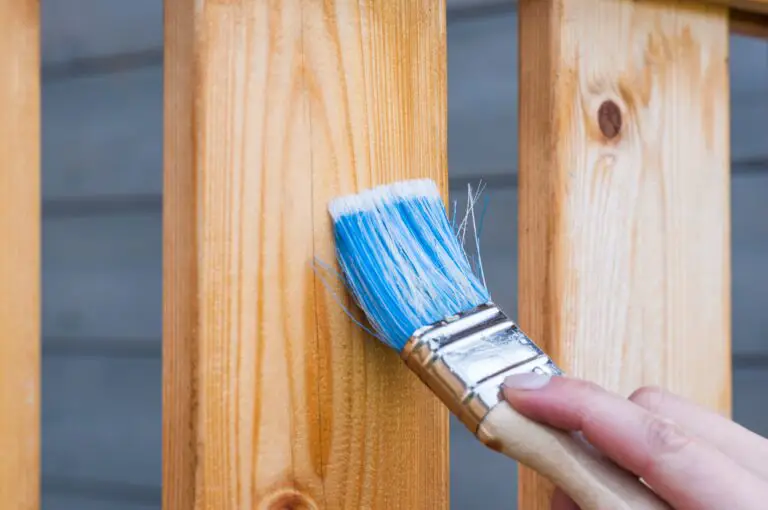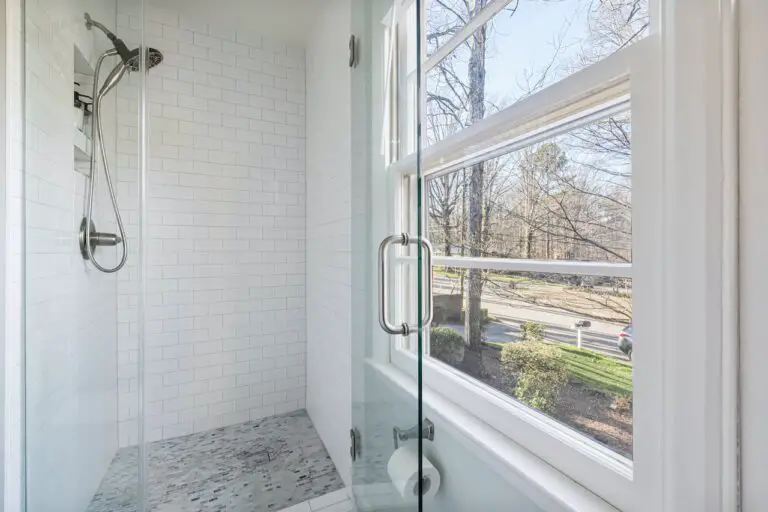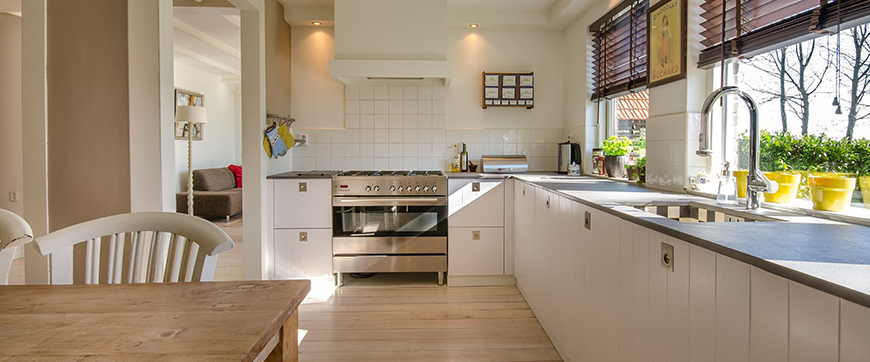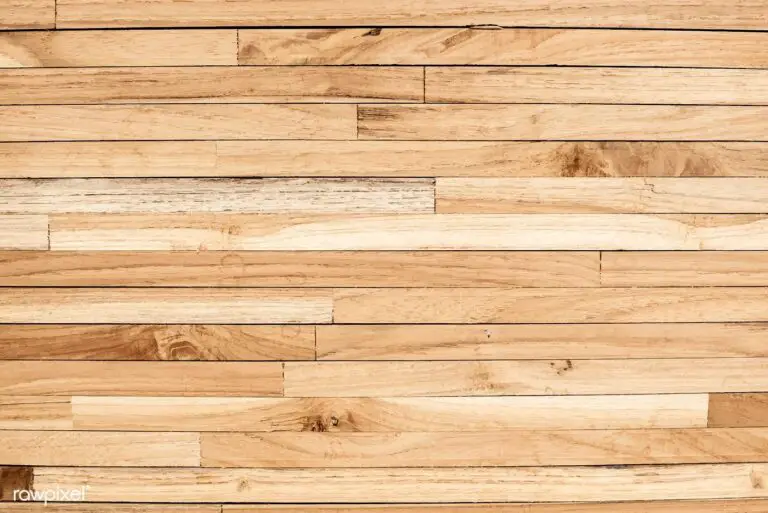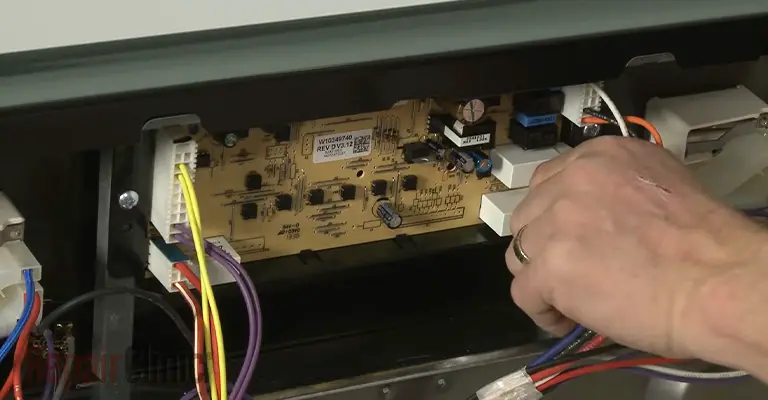Why Water Not Coming Out Of Shower Head Properly?
Showerheads are responsible for providing water to the users. When malfunctions occur, it is important to address them without further delay. Some of the common causes of water not coming out properly are related to installation, pressure, and temperature.
Is water not coming out of the showerhead properly? This might be caused by a variety of problems. If the water is coming out too slowly or not at all, then this may indicate that there is a blockage in the pipe. If you can’t figure out why it could be because the water pressure has been reduced due to an air bubble.
The water flow in the shower may be slow because of different reasons. It could be because of low pressure, or the problem could be with the showerhead itself. When your shower head is malfunctioning, here are some possible reasons why:
- The water flow is weak or inconsistent.
- The showerhead is clogged with scale or mineral deposits that interfere with its function.
- The water inlet valve isn’t releasing properly when turned on.
- The showerhead might be too high above the level of your tub or sink so it’s difficult for the water to reach up there and get into the showerhead itself.
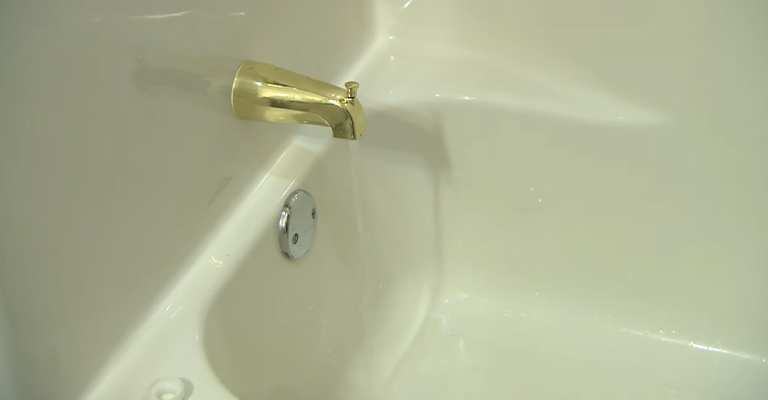
What Causes Low Water Pressure?
We must first consider briefly what causes low water pressure in the first place before we can discuss how to increase it. Understanding how to solve the problem will help you take the correct steps.
In the first place, there is something wrong with your plumbing. If your shower has low water pressure, there may be a blockage or leak in your plumbing system, so the first step to increasing water pressure in your shower is to make sure your plumbing system is in good shape.
Reasons Why Water Not Coming Out Of Shower Head Properly
Many people install and use a shower head without thinking about the plumbing. If you believe your water flow has become slow, it is likely because of clogged pores in your shower. Many reasons can cause a slow flow in your shower.
One cause could be bad installation or lack of moisture in the pipes. Another reason could be that something is blocking the water from reaching the showerhead.
If you believe there is an obstruction, you should call a plumber for assistance. That being said, there are some common scenarios that we will take a look at next.
1. There Is Too Much Water Pressure In The Shower
While most people experience the opposite problem, having too much shower pressure can be inconvenient and indicate potential issues with your home’s plumbing.
Showerheads come with multiple settings that can be adjusted to achieve the desired spray pattern. Someone may have changed the setting of a showerhead and left it if you share a bathroom.
You need to adjust the showerhead spray settings to fix the problem. There should be a visible knob on the side of your shower head. All shower heads are designed differently.
You could have low water pressure in your home if your shower sprays water down hard as well as elsewhere in your house.
You should not have a water pressure of more than 80 psi (pounds per square inch) in your home. If your water pressure is too high, your pipes may be damaged.
Are you having trouble with your water pressure? Talk to a plumber about adjusting or replacing the regulator. Your home’s water pressure can be controlled and lowered by water pressure regulators.
2. An Incomplete Seal On The Showerhead
It is possible that your shower head is not tightly sealed if water is leaking from the spot where the showerhead meets the shower arm while the water is running.
Removing your shower head from its shower arm will fix the problem. Wrap Teflon tape around the shower arm 2-3 times clockwise to solve the problem. There may be a washer on the end of your shower head. If it does, check to see if it needs to be replaced since it might be worn out.
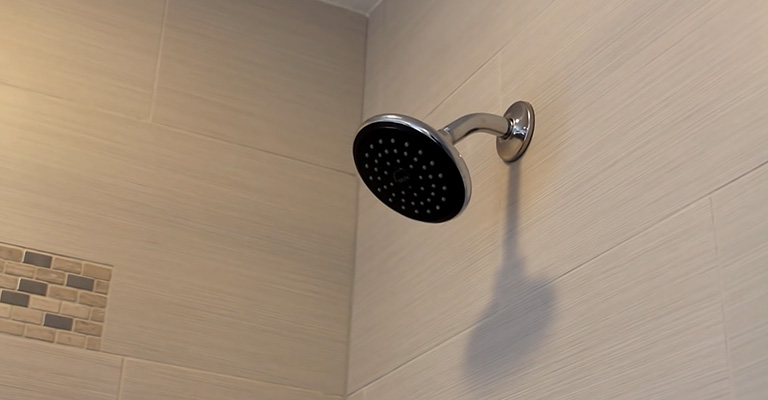
3. Designs For Showerheads
A shower head that holds a lot of water, such as a rainfall showerhead, can be quite large. Despite the surface tension, a small amount of water remains in the showerhead when the water is turned off.
There is a possibility that enough air will pass through the showerhead holes to cause the water to start dripping, and even pouring if there is a lot.
You can correct this problem by tilting your shower head down and tapping it after taking a shower. You should notice a lot less dripping, but if the drips still bother you, you might want to consider switching showerheads.
4. The Showerhead And The Shower Arm Are Not Compatible
Having problems with the shower arm coming out of the bathtub wall could be related to compatibility if you recently installed a new shower head and it started leaking.
There is indeed a standard thread size for showerheads, but old homes may not adhere to that standard. You might have had to force your shower head onto the arm because your shower head threads do not match your shower arm threads. Your showerhead needs to fit your shower arm properly to fix the problem.
5. Clogged Shower Head
If your shower head is clogged, you may notice that water leaks from it. The mineral deposits that clog up the holes of a showerhead can cause the water to flow through other openings, such as the faceplate.
You need to clean your showerhead to fix this problem. You can use common household items to clean your shower head.
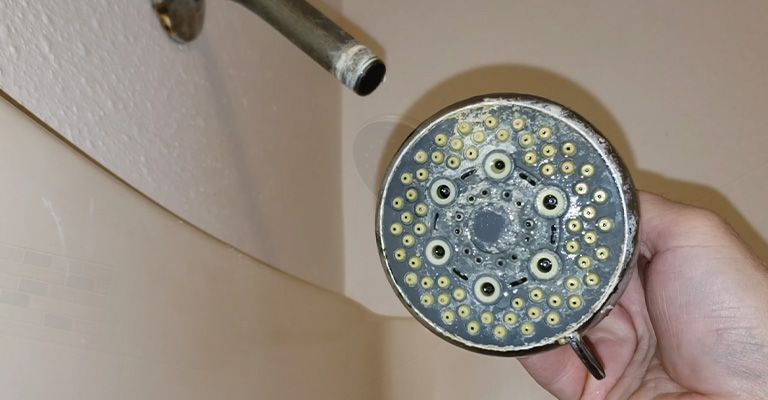
6. Shower Faucet Valve
In case the water is off, and the showerhead is dripping, calcium deposits may have worn out some seals in your shower faucet valve, not the head itself.
Your shower faucet needs to be removed and replaced with the proper parts to resolve this issue. To make sure you get the correct replacements, you’ll need to shut off your water supply before you begin and take the parts with you to the store.
7. Main Water Shut-off Valve Off
In addition to the showerhead, if your kitchen sink or anywhere else in your home does not have water coming out of it, your main water supply valve might have been shut off.
The problem can be fixed by finding and checking your home’s main shut-off valve. It might be necessary to hire a plumber if you are not able to locate it.
8. Sediment Buildup In Water Heater
Your water heater may have accumulated calcium deposits, which can cause low pressure in your shower only when it is hot.
Your water heater needs to be flushed by a plumber. If there are calcium deposits in the tank, draining it should remove them.
9. Faulty Shower Water Diverter Valve
When your shower is on, there will be water coming out of the tub faucet if your shower pressure is lower. This is most likely the result of the shower diverter valve. In your shower head, it directs (or “diverts”) water flowing from your tub’s faucet.

10. Old Shower Head
A clogged showerhead might be caused by an old shower head that needs to be replaced if cleaning doesn’t fix the issue. Showerheads should be replaced every six to eight months, which may seem excessive to those who don’t think about it.
A new showerhead can solve this problem. You can find one at a hardware store or order one online.
How Do I Fix A Slow Water Flow In My Shower?
Common issues that can lead to a slow water flow from your showerhead include clogged pipes, low pressure in the pipes, and something blocking the showerhead from flowing out.
In some cases, it might be as simple as replacing a worn-out washer or gasket. When your shower doesn’t have a steady flow, it could be due to a variety of reasons. But there are some steps that you can take to fix the issue.
Check For Leaks
Water will leak from leaking pipes into your shower if they are leaking. As a result, it is important to find leaks quickly, fix them, and ensure your home is not damaged by leaking water.
Be sure all your pipes are functioning properly and contact a plumber if there is a leak. Temporary repairs can be made with epoxy putty.
Make Sure The Valve Is Completely Open
A check of the main shut-off valve should always be made after having recently had construction work done or when moving into a new home.
It is sometimes the plumbers or other workers who shut off the water and forget to reopen it when the job is completed.
This valve is usually located in the basement or where the mainline enters your house. A red lever is most likely to be present. Check your water pressure again once the valve is fully open to see if it has made a difference.
Check For Kinks
Check the hose or the water line for kinks as another quick fix. Make sure any kinks in your flexible shower line that would prevent the water from flowing are removed. The hose of your handheld showerhead should not be twisted if you have one.
Check For A Flow Restrictor
Manufacturers of showerheads have begun including flow restrictors in their designs in recent years. In part, this is because of the National Energy Act (in the US), while in part, customers will be able to reduce their water bills and in part, the environment will be protected.
You may not need a flow restrictor if you live in a low water pressure area or if your home suffers from low water pressure already. However, it may reduce a meager flow to a pathetic trickle.
Simply remove the flow restrictor and the problem will be solved. This can be done by referring to the instruction manual that came with your shower head. Install the showerhead again after removing the restrictor and see if the water is flowing better.
Clean The Showerhead
Over time, sediment, limescale, and mineral deposits can accumulate in showerheads. Even if you have good water pressure elsewhere in your home, you will find the water flow slows to a trickle if this occurs.
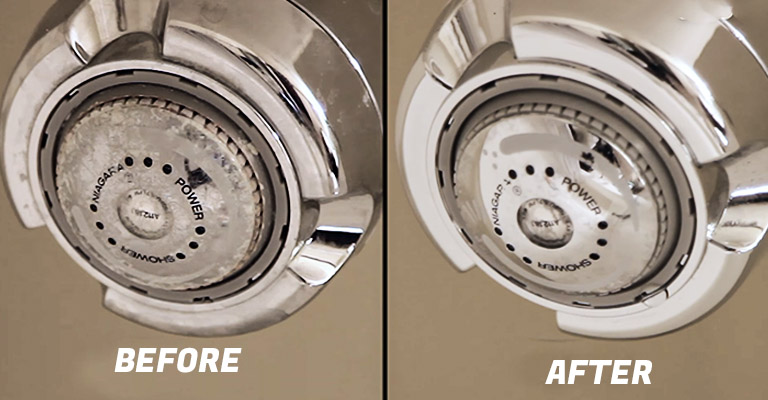
Get rid of any sediment by unscrewing the showerhead. You should also remove and clean the filter in the showerhead. An ordinary toothbrush or similar tool will work here.
If the rubber nozzles are blocked, you may also need to clean them individually. Many modern shower heads can be cleaned directly with your fingers, without the use of any special equipment. You can also use a toothbrush if necessary.
The showerhead needs to be immersed in enough vinegar to completely dissolve the minerals, and then it should be left to soak overnight.
Final Words
If you’re one of those who has a problem with water not coming out of your shower, the first thing you should do is to take a look at your shower head and turn it off and on again. The water needs to be coming out of the showerhead before you even attempt to fix anything. It could be that your problem is not related to the water flow itself but rather due to other factors such as an excess build-up inside your shower head, which can be caused by excessive minerals in the water or buildup on the nozzle.
Another reason for this issue is if there are any obstructions within or around your home. If you have any tiles, tiles grouting, or something else blocking the flow of water from entering into your showerhead. In any case, the best course of action would be to contact a plumber. One can’t overlook the role of the hot water heater in ensuring consistent water flow, or how the water pressure regulator maintains stability. Furthermore, mineral build-up, which can be effectively cleared with household items like baking soda, often results in dripping water, leaving unwanted puddles on your bathroom floor.
To effectively diagnose and remedy this situation, it’s essential to observe the entire system, from the shower drain to the intricate maze of plumbing pipes. Often, the issue lies deep within the valve body or might even be as simple as other open water sources affecting pressure. Always ensure all the taps are closed in other parts of the house when troubleshooting, to give a clear understanding of the root problem. Maintaining a consistent check on these elements ensures a seamless shower experience every time
Also read – Should You Replace 30 Year Old Water Heater?

